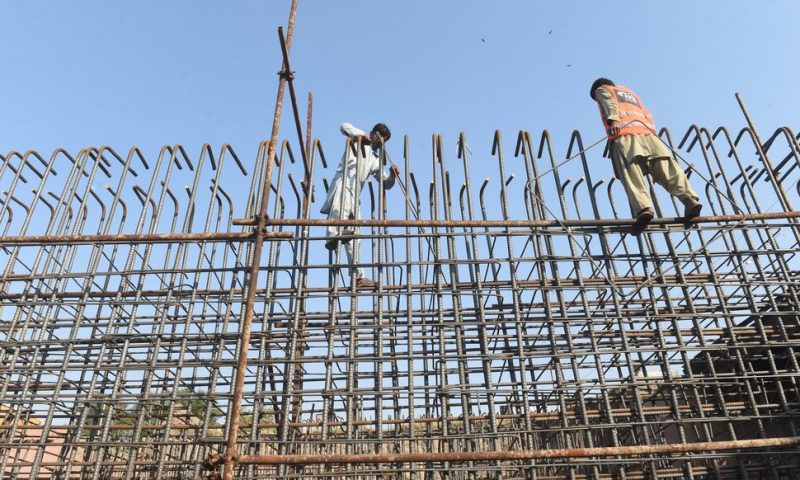Nearly 2.8 million workers die every year from occupational accidents and diseases at work, a new report shows.
ASSESSING RISK IN THE work space is a subjective endeavor, with risk and safety being complex concepts that are not uniformly defined and measured in countries. Yet the prevalence of risk in different economic, social and political contexts brings about challenges that nations and cultures need to tackle, say experts; safety and risk data are “patchy and fragmented” in the majority of countries, according to a new report.
About 2.78 million workers die each year from occupational accidents and work-related diseases, according to “Mapping Risk,” a new report on dangers in the workplace by Gallup and the Lloyd’s Register Foundation in the United Kingdom. The report bases its estimates on data from 2017. By comparison, just under 69,000 people died in 2017 who were tied to state-based armed conflicts, according to the U.N.
No less than 7,600 people are reported to die every day, and about two-thirds of work-related deaths are in Asia. By comparison, Africa and Europe each make up less than 12% of the global workplace fatalities, according to the report.
“In the European Union, there were over 3,000 work-related fatalities in 2015,” say the authors of the report. “In the U.S., 5,147 workers died on the job in 2017 – 14 deaths on average every day.”
Diseases related to work led to the highest number of deaths among workers. Hazardous substances, for example, cause more than 651,000 deaths a year, the report adds.
“In countries where risks to health and fatalities from hazardous substances are marginally lower, the construction sector appears to be a source of high numbers of workplace accidents and fatalities (where reliable recent data are available).”
Other findings in the Lloyd’s Register Foundation-Gallup report on work risk:
- Complying to worker safety is challenging. Developing countries do not report statistics on concerns such as occupational safety or disaster-loss metrics. There is also very little data on public understanding of risk.
- There are around 340 million occupational accidents and 160 million victims of diseases related to work reported every year. Overall, the global economy is losing 4% of its gross domestic product due to such issues, which translates into about $3.2 trillion.
- In the European Union, work-related ill-health and injury cost the bloc about 3.3% of its annual GDP, more than $524 billion in 2015.
- In 2017, 4,674 worker fatalities in the United States happened in the private sector; 971 or 20.7% of these fatalities were in the construction sector. In addition, “fatal falls were at their highest level in the 26-year history of the Census of Fatal Occupational Injuries accounting for 17% of workers’ deaths,” say the authors of the Gallup report.
Globally, a growing number of researchers and organizations support increased openness of risk and safety data. According to the report, the U.N. Office for Disaster Risk Reduction in the 2019 Global Assessment Report calls for a “democratization of risk information.”

